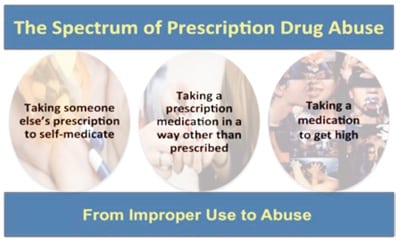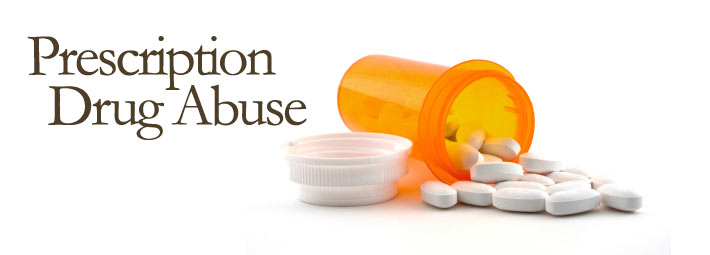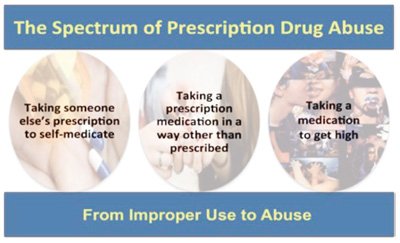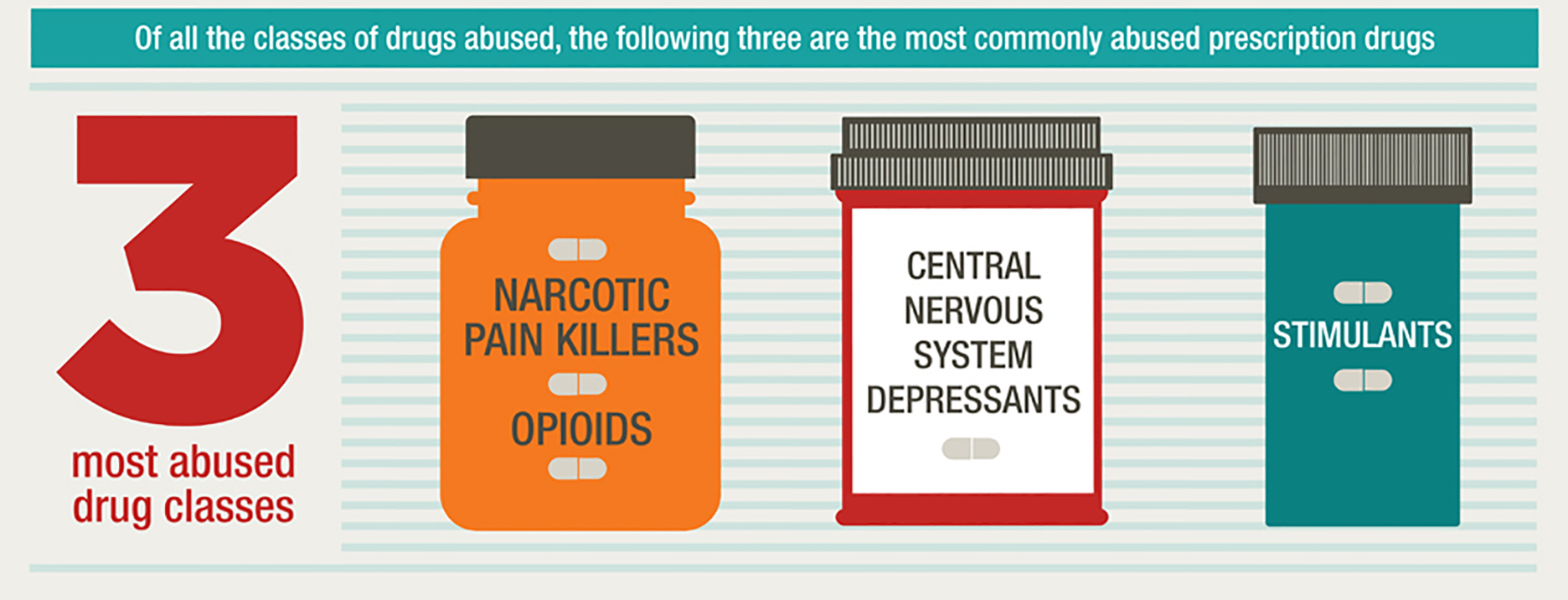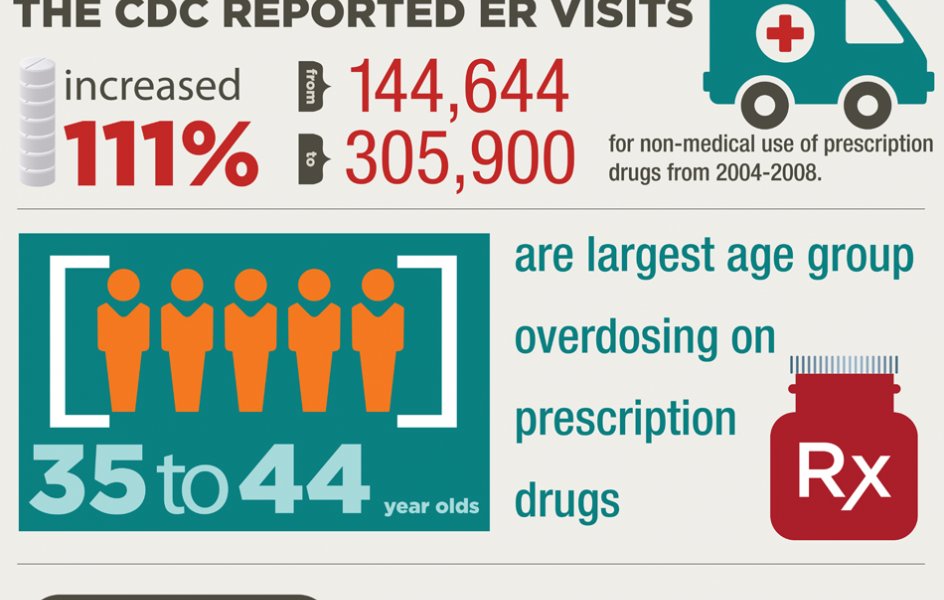Would you be surprised to know that drug overdoses are now the leading cause of injury deaths in the United States? That’s right, more people die from overdoses than car crashes among those 25 to 64 years of age. According to the Centers for Disease Control and Prevention (CDC), every day in the U.S. over 100 people die as a result of a drug overdose, and nearly 7,000 individuals are treated in emergency departments for drug abuse/misuse. This is the first in a series of Straight, No Chaser posts on the consequences of overdoses from misuse and abuse of drugs.
To be clear, when we’re discussing drugs, we’re not just describing the “bad” or illegal (illicit) ones you might pick up on the street. Be reminded that any drug, including those prescribed or obtained over-the-counter has the potential to cause harm. Furthermore, you should appreciate that it doesn’t take an excessive amount of a drug (i.e., an overdose) to cause harm. Simply using a drug in a manner other than directed or prescribed (i.e., misuse or abuse) can produce dangerous consequences. Thus, nearly 9 out of 10 poisoning deaths are caused by drugs. You simply must be careful about taking the correct drug in the correct dose at the correct time. Very often, children and the elderly fall victim to seemingly simple errors, including the act of taking just one pill inappropriately.
The scope of drug misuse, abuse and overdose continues to expand. Consider the following data from the CDC:
- Drug overdose death rates have been rising steadily in the last 25 years. There has been an increase of over 118% from 1999 to 2011 alone.
- In 2011, 33,071 (80%) of the 41,340 drug overdose deaths in the United States were unintentional, 5,298 (12.8%) were of suicidal intent, 80 (0.2%) were homicides, and 2,891 (7%) were of undetermined intent.
- In 2011, drug misuse and abuse caused about 2.5 million emergency department (ED) visits. Of these, more than 1.4 million ED visits were related to prescribed and over-the-counter drugs (i.e., pharmaceuticals).
- In 2004 and 2005, approximately 71,000 children (18 or younger) were seen in EDs each year because of unintentional medication overdose, not including self-harm, abuse and recreational drug use.
- Among children under age 6, pharmaceuticals account for about 40% of all exposures reported to poison centers. There are many drugs that can be distrastrous to a young child if only one dose is taken.
I’d like to reiterate that a drug is any chemically active substance and not just illegal entities. The simplest of over-the-counter preparations as well as the most complicated mind-altering substances all can provide devastating adverse drug effects.
- In 2011, of the 41,340 drug overdose deaths in the United States, 22,810 (55%) were related to pharmaceuticals.
- Of the 22,810 deaths relating to pharmaceutical overdose in 2011, 16,917 (74%) involved opioid analgesics (also called opioid pain relievers or prescription painkillers), and 6,872 (30%) involved benzodiazepines. (Some deaths include more than one type of drug.)
- In 2011, about 1.4 million ED visits involved the nonmedical use of pharmaceuticals. Among those ED visits, 501,207 visits were related to anti-anxiety and insomnia medications, and 420,040 visits were related to opioid analgesics.
- Benzodiazepines are frequently found among people treated in EDs for misusing or abusing drugs. People who died of drug overdoses often had a combination of benzodiazepines and opioid analgesics in their bodies.
You may be wondering about demographic tendencies among those who die from drug use; the facts may actually surprise you given that they don’t fit commonly presented narratives. Consider the following facts from those who died from drug overdose in 2011:
- The highest death rate was among people 45-49 years of age.
- The lowest death rates were among children less than 15 years old (they simply do not abuse or misuse drugs as frequently as older people).
- Men were 60% more likely than women to die.
- Whites had the highest death rate, followed by American Indians/Alaska Natives and then African-Americans.
Additional Straight, No Chaser posts will review the effects of individual drugs, including over-the-counter, prescribed and illicit substances.
Thanks for liking and following Straight, No Chaser! This public service provides a sample of what 844-SMA-TALK and http://www.SterlingMedicalAdvice.com (SMA) offers. Please share our page with your friends on WordPress. We are also on Facebook at SterlingMedicalAdvice.com and Twitter at @asksterlingmd.
Copyright © 2014 · Sterling Initiatives, LLC · Powered by WordPress.

